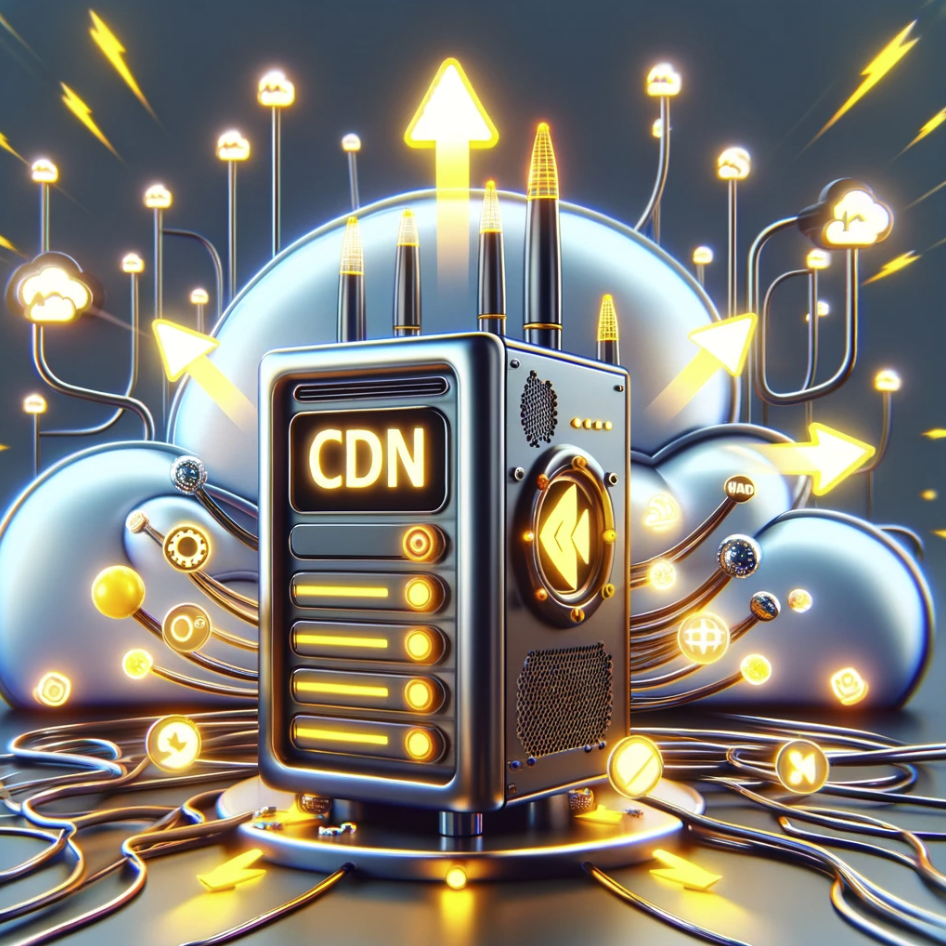Internet speed is a crucial metric for users who view and download content online. Without a speedy internet, work, entertainment and other online activities can take much longer and lose their appeal. Fortunately, CDNs are implemented throughout the world to try and make online content faster, particularly live services. Here we’ve explained what CDNs are and how they make our internet experience run smoothly.
Content Delivery Networks
CDN stands for Content Delivery Network. In almost country that relies on the internet, there are nearby CDN facilities that are full of servers. While servers are used for hosting content online, other servers can cache that content and host it closer to distant users. So, if an American server is hosting a website, a CDN in Europe will receive its data. When a European user accesses that website, the assets load from the nearby CDN instead of the original server. This is great for live services since it reduces delay between the user and the events happening on the other side of the world.
Some online industries like iGaming use live streams for their games. That doesn’t just include casino games, but also live game shows that involve bonus rounds with pachinko, pinball, and other game show staples. When site users log in to play Crazy Time, one of those game shows, their experience may be improved by the local CDN. If the live game is happening further away than the closest CDN, the CDN will typically kick in and deliver the audiovisual content faster. This applies to all kinds of data, though its positive effects are best seen through live streaming and other data-intensive requests.
While CDNs originally started as an additional service used by some site owners, they have gradually become the backbone of the internet because they are key to guaranteeing fast asset loading across websites. Individual internet speeds may still vary, but using CDNs to support the internet raises the bar for internet speeds by bringing website content closer to you.
In the CDN industry, Cloudflare is perhaps the largest IT infrastructure company that provides this service. You may have seen a brief Cloudflare logo or a security check when entering certain websites – this means the site is being transmitted to your device by Cloudflare, though they aren’t the only CDN providers out there.
CDNs Manage Traffic & Speed Up Webpages
The overwhelming majority of websites on the internet are not run by large businesses. This means there are a lot of small business/hobbyist websites out there, many of them unsuited to dealing with large amounts of traffic. Thanks to the growing e-commerce industry, individuals can start a business using websites and social media, but how do they deal with traffic? CDNs help with this too.
Most website hosting services will use CDNs, some may include CDN support in a separate payment tier. Smaller websites can then use CDNs to split and manage traffic more effectively. If a small American business goes viral, it’s much better to have visitors from South America or Europe access the CDN cache of the website closer to them. If all of those visitors flooded into the host server instead, they could overrun it and crash the website. It has become popular for CDNs to store Accelerated Mobile Pages to avoid this, a common SEO practice. Not everybody has the resources to afford strong internet infrastructure, which is where CDN services help lighten the load.
As a result, the entire webpage will also load faster for those end users no matter where they are. In SEO, it is well documented that a page’s loading speed drastically affects how long visitors stick around. Bounce rate is a metric used to measure how many visitors come to a website and then leave immediately. This happens within five seconds, during which up to 90% of visitors will choose to leave. Professional marketer and SEO expert Neil Patel describes this below.


